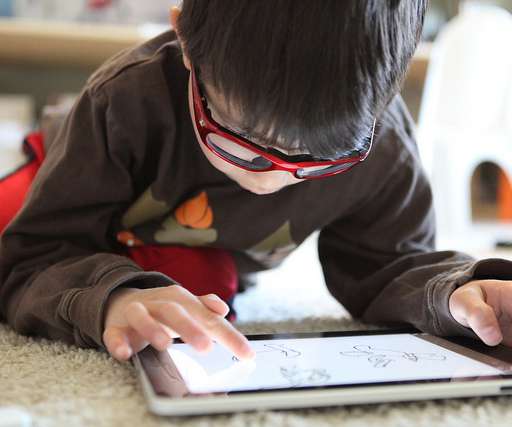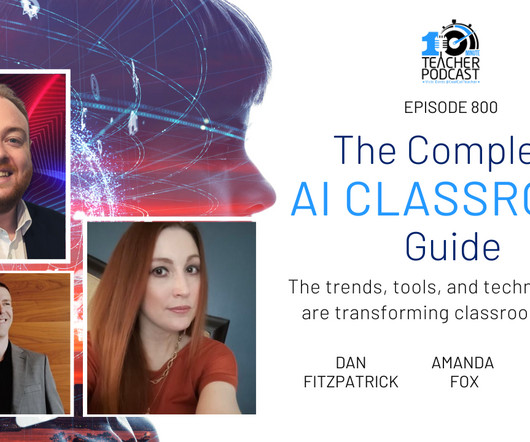Celly Launches New Service and Android App for Building Mobile Social Networks
Educational Technology Guy
SEPTEMBER 18, 2012
There is a full web console to control and monitor things and you can either create a Celly login or login with Facebook or Twitter. Ubiquitous Access – On-boarding is instant, simple, and works from any device, addressing the “digital divide” between those with a smartphone or tablet and those who just have an SMS-enabled mobile phone. ?

















Let's personalize your content